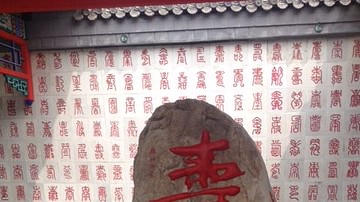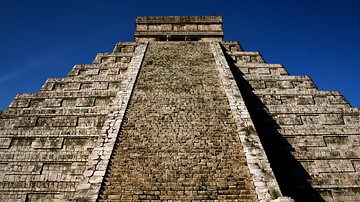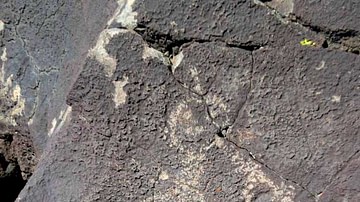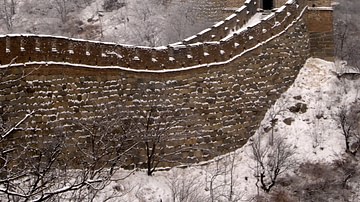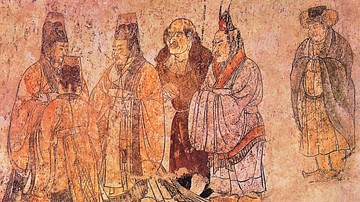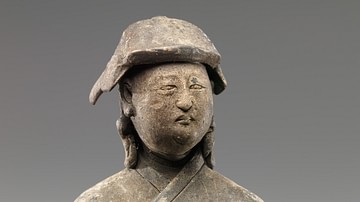Video
Cite This Work
APA Style
NativLang. (2017, October 12). Chinese is NOT picture writing! - History of Writing Systems #5 (Determinatives). World History Encyclopedia. Retrieved from https://www.worldhistory.org/video/1296/chinese-is-not-picture-writing---history-of-writin/
Chicago Style
NativLang. "Chinese is NOT picture writing! - History of Writing Systems #5 (Determinatives)." World History Encyclopedia. Last modified October 12, 2017. https://www.worldhistory.org/video/1296/chinese-is-not-picture-writing---history-of-writin/.
MLA Style
NativLang. "Chinese is NOT picture writing! - History of Writing Systems #5 (Determinatives)." World History Encyclopedia. World History Encyclopedia, 12 Oct 2017. Web. 04 Apr 2025.
